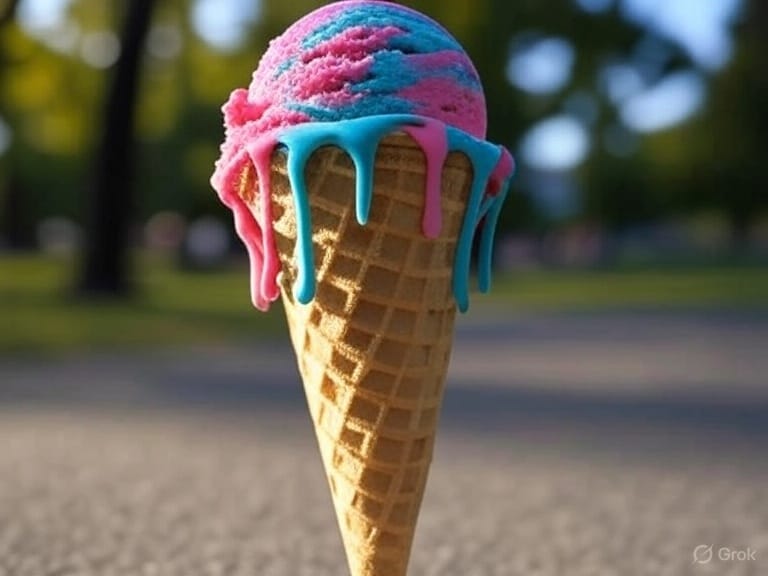- Shortlysts
- Posts
- Color Shift: Ice Cream Giants Go Clean as Artificial Dyes Melt Away
Color Shift: Ice Cream Giants Go Clean as Artificial Dyes Melt Away
Over 40 U.S. ice cream companies pledge to ditch artificial dyes by 2028, ushering in a new era in food transparency.

What Happened
In a landmark move for the food industry, more than 40 U.S. ice cream companies have pledged to phase out all artificial food dyes from their products by 2028. Together, these companies account for about 90% of the nation’s frozen treat production.
The announcement was made under the Trump administration’s “Make America Healthy Again” (MAHA) initiative. It marks one of the largest voluntary overhauls in processed food reform in decades.
The targeted dyes include synthetic mainstays like Red 40, Red 3, Yellow 5 and 6, Green 3, and Blue 1 and 2. These additives, long used to enhance the visual appeal of ice cream, have been linked in some studies to behavioral issues in children and other potential health risks.
I've just identified the single crypto that's positioned to explode from J.P. Morgan and BlackRock's massive blockchain initiative.
This isn't speculation—the world's largest financial institutions are actively moving real-world assets onto the blockchain RIGHT NOW.
When trillions in assets migrate to this specific protocol, early investors could see gains of 10X, 50X, or potentially even 150X+:
The window for early positioning is closing fast as institutional money floods in.
The industry’s shift comes just as the FDA approved gardenia blue, a plant-based alternative, for commercial food use. This opens the door for safer, natural colorants to go mainstream.
Health and Human Services Secretary Robert F. Kennedy Jr. championed the deal, framing it as a response to both mounting consumer pressure and scientific evidence.
Why It Matters
This announcement has consequences that extend far beyond just ice cream. It’s an indication that the processed food industry is starting to bend to public health concerns in ways that were once unthinkable.
For years, American food companies resisted calls to eliminate artificial dyes, even as European counterparts swapped them out in response to stricter regulations. Now, the U.S. is playing catch-up but is doing so voluntarily, and on a massive scale.
Consumer behavior is a major driver, as shoppers are paying closer attention to ingredient labels, and parents especially have become wary of artificial additives linked to hyperactivity or allergic reactions. Major brands are realizing that sticking with synthetic dyes could cost them market share in an increasingly health-conscious economy.
The FDA’s approval of gardenia blue and other natural colorants is particularly noteworthy, as food producers have long claimed there weren’t viable substitutes for synthetic dyes that could match their vibrancy or stability in frozen products.
That excuse is no longer on the table. The science is beginning to catch up — and now so is the business.
This move also reflects growing state-level pressure, as several states, including California and New York, have considered or passed laws that limit the use of synthetic food dyes in products aimed at children. By acting proactively, ice cream makers are getting ahead of future regulatory crackdowns while earning goodwill from consumers.
How It Affects Readers
Products may start to look slightly different in color, but they will be cleaner on the ingredient list. This translates to fewer synthetic chemicals in desserts and a step toward greater food transparency overall.
It also sets a precedent. If the ice cream industry, where color plays a prominent role in marketing, can drop artificial dyes successfully, other food sectors will be under pressure to follow. What’s happening could have a snowball effect and ripple across the grocery aisle.
Consumers, advocacy groups, and state legislators have been calling for this change for years. While the industry may not have shifted on its own, it’s moving decisively along because the momentum became impossible to ignore.